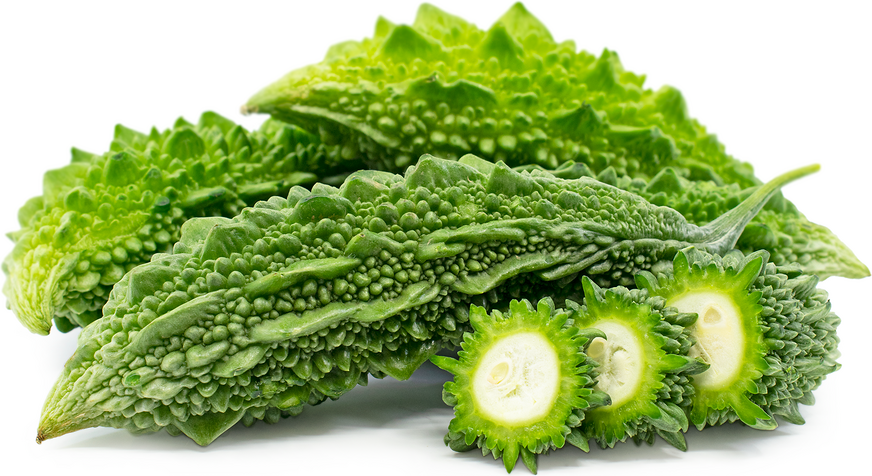Tomatillos
Tomatillos are unusual vegetables you can grow, this fruit is nice to look at with their lantern-like papery covering. They’re very popular in Mexican dishes with a flavor that’s been described as a cross between a lime and a tomato. They are members of the Nightshade family (Solanaceae) and have their poisonous parts. In the case of tomatillos, all parts are poisonous except the fruit. However, unless you suffer allergies, don’t let that put you off.
Apart from looking pretty, tomatillos are extremely productive, producing lots of lanterns before the frosts arrive. As they grow you’ll notice that they begin to flop to the side, a natural development as they’ll begin to send out lots of lateral roots as they find new soil, allowing them to produce even more fruit. Two tomatillo plants should be enough for one family but don’t plant less as they need another plant nearby for pollination.
To harvest, once the fruit has developed inside enough that it’s bursting through its papery lantern, remove it from the plant, take off the husk and wash in warm water to remove the coating that’s waxy and bitter.
You’ll find lots of recipes using Tomatillos online but replacing them for tomatoes in salsa is probably one of the easiest.
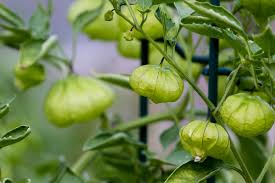
Cape Gooseberries
As a member of the tomato family, it is related to the tomatillos. Cape Gooseberries are native to Brazil but long ago adapted to the Andean heights and now grow wild up to 10,000 feet. They too carry cute little lanterns but these contain little orange berries that we’re more familiar with when they garnish our desserts. They are not related to the actual gooseberry shrub.
Cape Gooseberries can be grown just like tomatoes, from seed started in March to April, potted on to larger pots as they develop, before planting outside when all chances of frost have passed.
We will know the Cape Gooseberries are ready as they will fall to the ground, though may not all do so at once as they’ll mature at different stages. Once fully mature the berries will stay fresh in the fridge for several months and out of their little Chinese lanterns, the fruit can be eaten raw, as a garnish, added to smoothies and salsa and as they have a high pectin content, made into great jams.
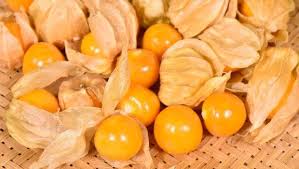
Jelly Melon
This bizarre-looking crop goes by many names: kiwano, horned melon, African cucumber, blowfish fruit, and more. With an orange, spiky outer and a green, juicy inner, this fancy fruit has a tart taste and cucumber texture. I have grown these and they were not bed tasting.
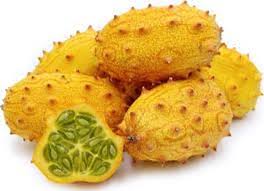
Kohlrabi
I’m convinced kohlrabi is from another planet. Coming in purple, green, and white, the crop could certainly add an alien-like element to your garden!
As a member of the cabbage family, kohlrabi prefers cooler temperatures. And it has a sweet, mild flavor that’s been described as a cross between a radish and a cucumber.
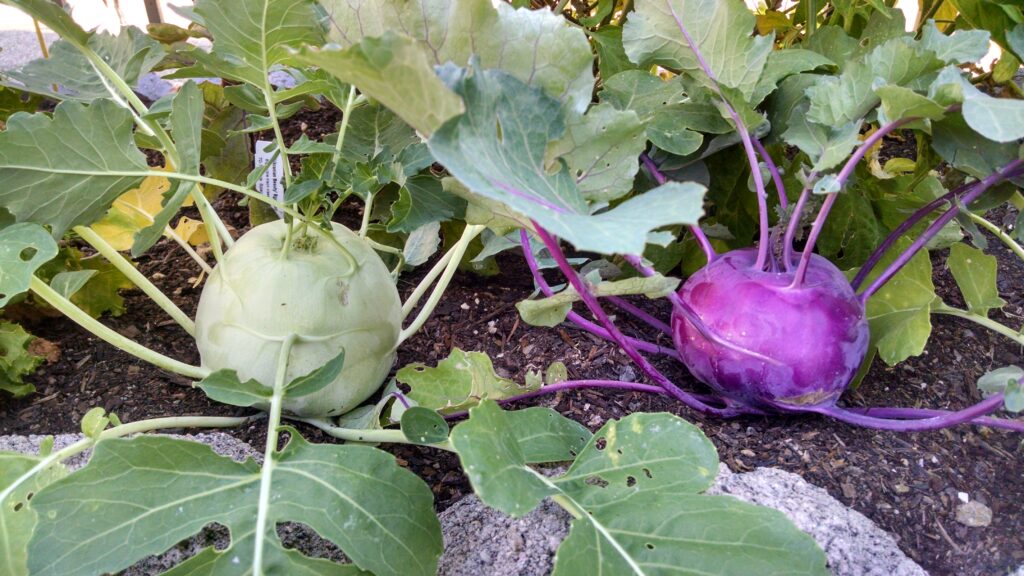
Jerusalem Artichokes
These may be the most generous edible plants you can grow. Rarely in the shops, they not only taste good, but you’ll also get more than you thought – a couple of delicious winter tubers for every tuber you plant in spring, flowers that draw in the beneficial insects, a wonderful cut flower looking like a sunflower and a seasonal windbreak. On top of that, any fragments you leave behind will regrow the following year.
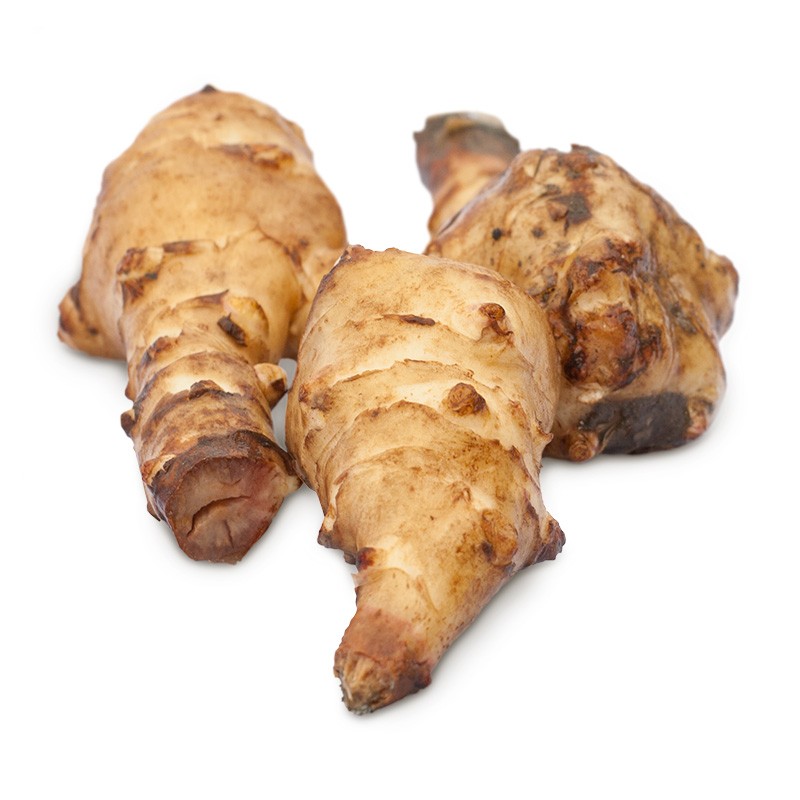
Celeriac
Sometimes called stump-rooted celery, turnip-rooted celery or knob celery, this root vegetable is a variety of celery that is cultivated for its large edible spherical roots, leaves and stems.
It originates from the Mediterranean Basin and evolved from wild celery which has a small, edible root. Although oddly shaped it is full of delicate flavor, a subtle mix of celery, parsley and nut taste. It can be cooked or eaten raw. The leaves are also used as a garnish.
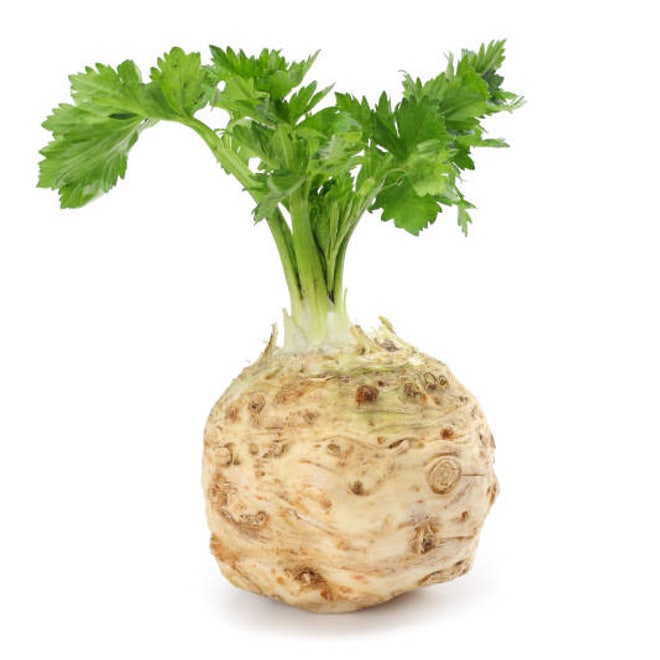
Huckleberry
Another member of the tomato family, producing blackberries later into the summer. When cooked and sweetened in a crust, you will get the legendary huckleberry pie.
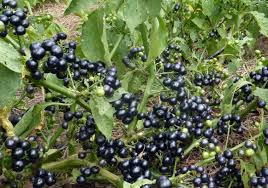
Walking Stick Kale
Also known as Tall Jacks, Cow Cabbage, and Harry Lauder’s Walking Stick grows between 6 and 12 feet tall. Grown in Britain for centuries where their long stems are varnished and turned into walking sticks. The young greens can be eaten as salad greens or cooked.
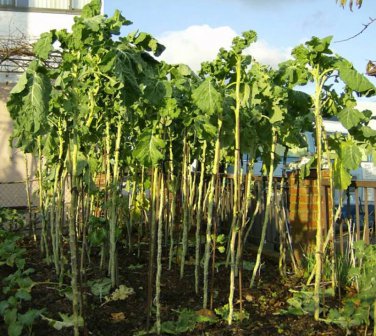
Bitter Melon
A staple of India, related to other melons, use them for stews, steamed, or cooked with scrambled eggs. The bitterness is lessened with cooking. A lot of people love the bitterness of the fruit, just do not think it will be sweet when you bite into it.
